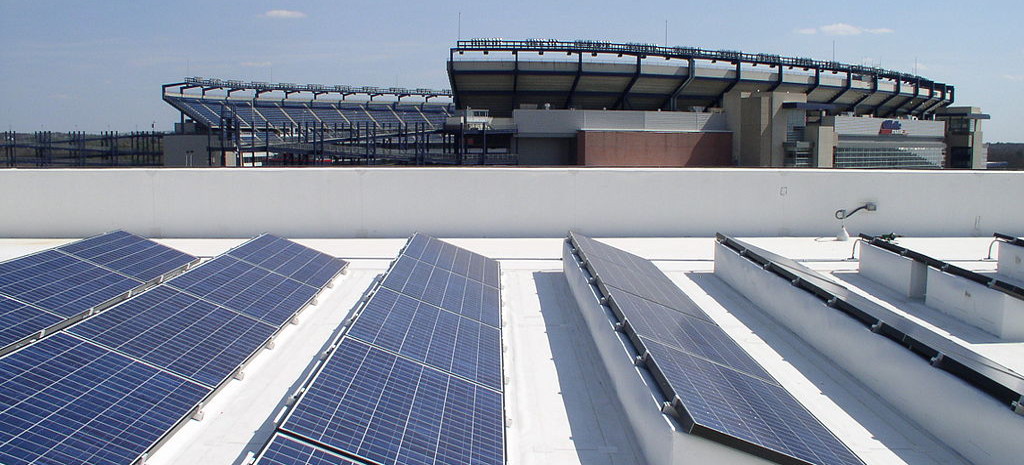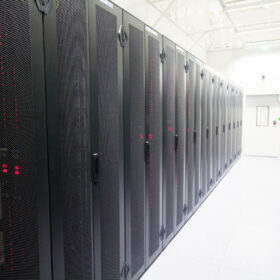When you think of a day at the ballpark, what do you think of? The crack of the bat? The squeaking of shoes on hardwood? Paying $7 for an ice cream that will end up on your child’s equally overpriced team shirt instead of in their mouth, all so they can collect the souvenir cup that they’re just going to lose anyway? Regardless of what you think abut now, a growing number of teams are adding another attraction to their venues and your nostalgia – solar arrays.
According to a recent report by the Solar Energy Industries Association (SEIA), 37 venues in the United States alone have solar capabilities, totaling 46 MW of capacity.
All four major sports leagues are included, as well as Major League Soccer, NASCAR and Indycar. Of the four major leagues, the NFL leads the way with 11 stadiums/facilities having solar capabilities, followed by the NBA and MLB at 9 and the NHL at 4.
“This data is further proof that solar energy is a meaningful contributor to America’s energy portfolio,” said SEIA president and CEO Abigail Ross Hopper in a release touting the study. “Ballparks and stadiums nationwide are investing in solar to save money on costly electricity bills and demonstrating that clean energy is a smart business choice for the future. Solar is becoming so commonplace on sports stadiums and arenas that all of the 2018 champions thus far have been teams with solar facilities – the Philadelphia Eagles, Golden State Warriors and the Washington Capitals right here in D.C.”
The largest stadium solar system belongs to the Sacramento Kings, who have a power purchase agreement (PPA) with a local 11 MW solar farm. The largest onsite solar system belongs to Indianapolis Motor Speedway at 9.6 MW. Capital One Arena, Lincoln Financial Field and Pocono Raceway round out the top-five at 3.5 and 3 MW respectively.
While most teams have opted for onsite solar, SEIA predicts that more and more teams will also start looking to draw power through PPAs.
“The adoption and investment in solar energy systems by the sports and entertainment industry has been a critical element in the sports greening movement,” said Justin Zeulner, Executive Director of the Green Sports Alliance in that same release. “Leagues, teams, venues, collegiate campuses, athletes, arenas and stadiums are all vital in reducing our reliance on fossil fuels and these clean-energy investments support building healthier, more sustainable communities where we live and play.”
Boston is the only city to feature professional teams in each major sport that all have solar capabilities, adding another championship to the city’s storied dominance.
Mercedes-Benz Stadium, home of the NFL’s Atlanta Falcons boasts the ability produce enough power for 10 Falcons home games. This falls just short of powering an entire Super Bowl run, assuming home-field advantage, something the Falcons are quite familiar with.
In fact, in the NFL, solar has attained a championship pedigree. Of the six teams to play in the last five Super Bowls, four of them boast solar capabilities – The Philadelphia Eagles, Seattle Seahawks, New England Patriots and Atlanta Falcons.
This content is protected by copyright and may not be reused. If you want to cooperate with us and would like to reuse some of our content, please contact: editors@pv-magazine.com.









The Colorado Rockies did this years ago. But, they put the panels inside the stadium so everyone could see them instead of where they could actually produce the most electricity. I was pretty disgusted, but maybe it is good advertising for people to see that they have it.